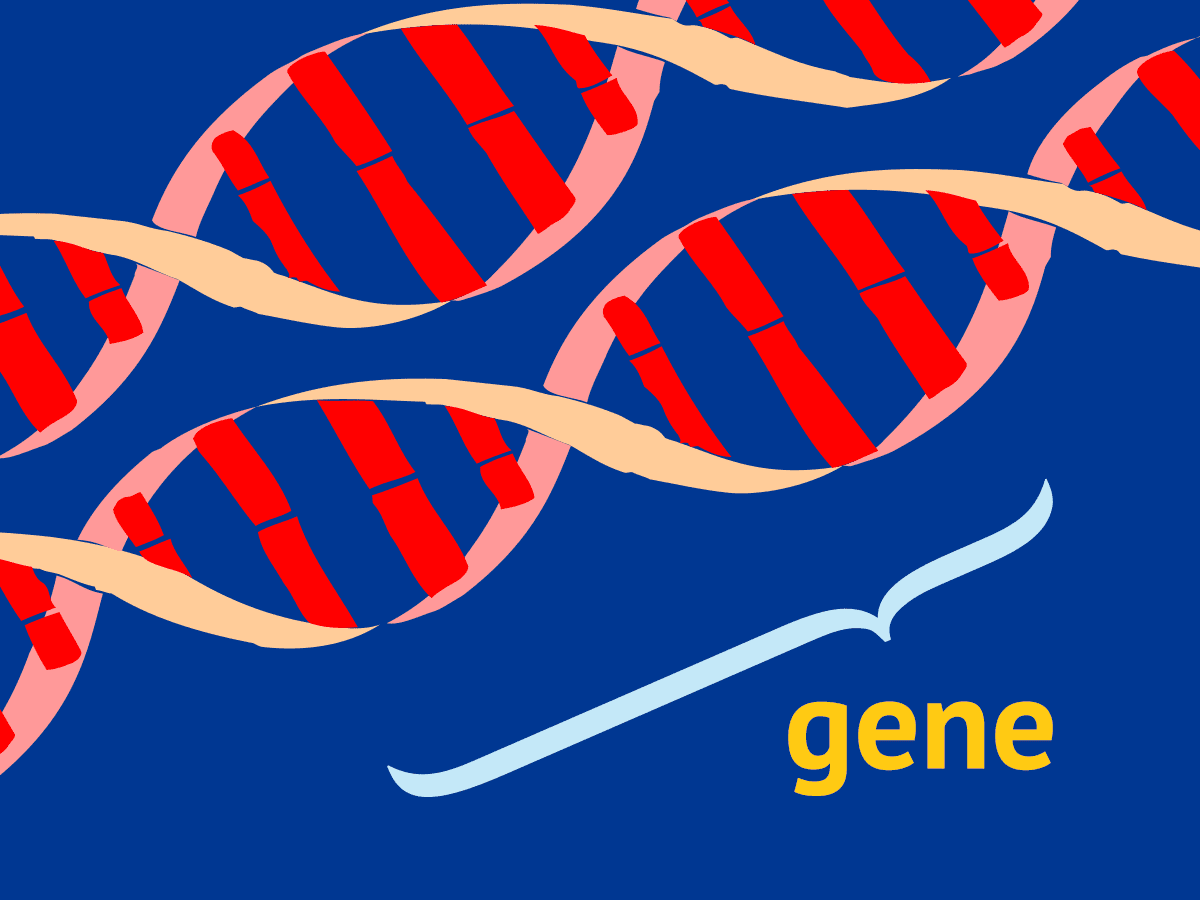Low battery
Battery level is below 20%. Connect charger soon.
· discover the mechanisms of gene editing, its potential applications for endangered species, and the ethical considerations it entails. · scientists explore gene editing to restore genetic diversity and help endangered species adapt to disease, climate change, and habitat loss. Executive summary understanding new gene editing technology: · scientists say gene editing may help save endangered species by restoring lost genetic diversity and improving resilience to climate and disease threats. Scientists are now leveraging crispr and … Over the last decade, scientists have developed a gene editing technology called crispr that could be used alongside traditional conservation practices to improve the resilience of plant and animal species. · gene editing could add genetic diversity that can revitalise species on the brink of extinction. · gene editing may hold the key to rescuing endangered species—not just by preserving them, but by restoring their lost genetic diversity using dna from museum … · the use of gene editing technologies has emerged as a beacon of hope in the conservation and revival of endangered species. · gene editing technologies—such as those used in agriculture and de-extinction projects—can be repurposed to offer what an international team of scientists is calling a … Gene editing may help save species from extinction when endangered populations recover, inbreeding often takes a toll.




